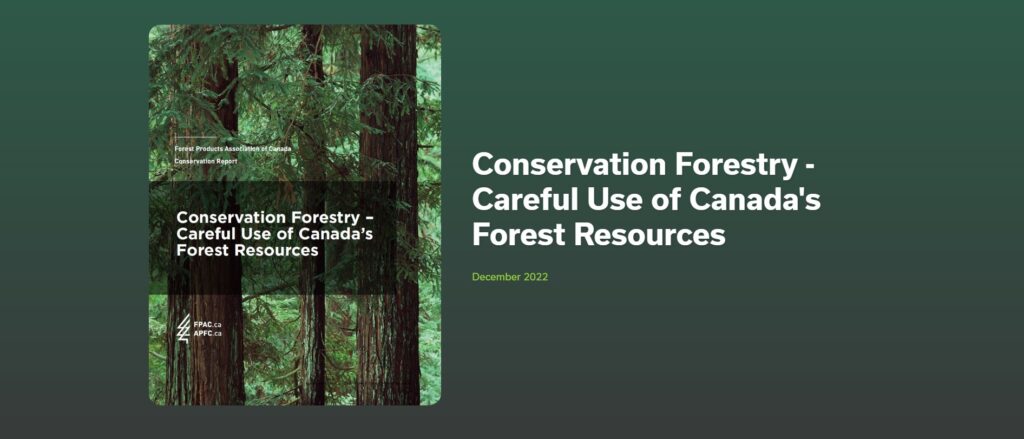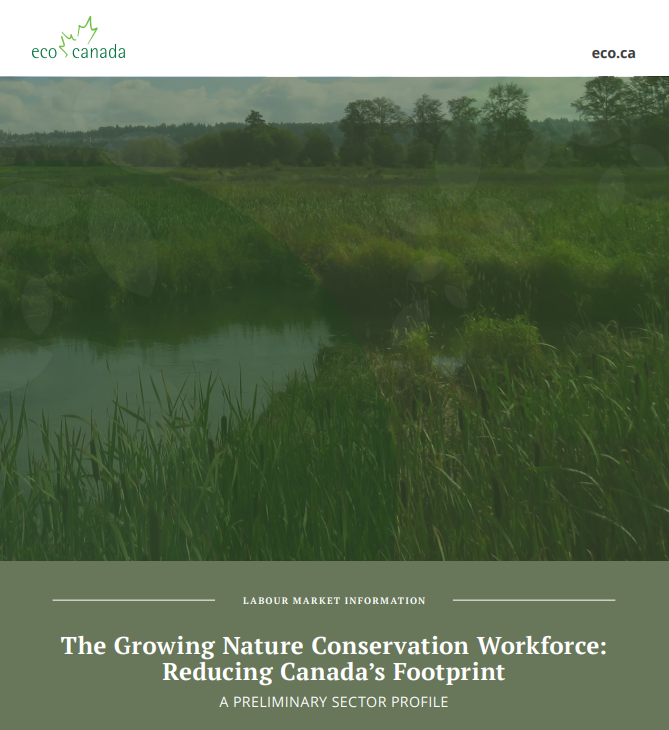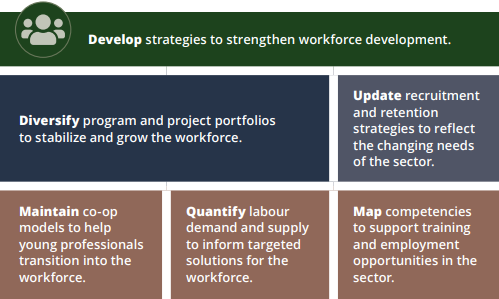Every year on May 22, the United Nations (UN) observes The International Day for Biological Diversity to highlight innovative solutions to the biodiversity crisis. This year’s theme is centered on the actions to build back biodiversity with the adoption of the Kunming-Montreal Global Biodiversity Framework at COP 15. The framework highlights four goals along with 23 targets to achieve by 2030, with the UN Environment Program encouraging businesses and people alike to spend the month of May taking small actions to preserve biodiversity.
At Canadian Colleges for a Resilient Recovery (C2R2), we work with industry partners that are not only working to preserve Canada’s rich ecosystems but are also releasing timely research to address the best approaches for our country to bolster its economy while protecting biodiversity.

Canada houses a vast range of biodiversity hubs, with forests being one of the most prominent. According to the State of Canada Forestry Report, our country is home to nine per cent of the world’s forests, and forestry makes up nearly 40 per cent of our landscape, making us reliant on forests for many benefits. In line with the theme of this year’s biodiversity day, Forest Products Association of Canada (FPAC), a C2R2 National Industry Partner (NIAC), released their conservation report to outline the practices, achievements and contributions to Canada’s forestry sector for the conservation of our forests and planet.
Conservation Forestry – Careful Use of Canada’s Forest Resources highlights the many ways that conservation serves as a core principle of sustainable forest management in Canada so that forests will remain healthy and resilient and continue to support and enrich the lives of Canadians for generations to come.
Through innovation, sustainable practices, and a zero-waste approach, Canadian forestry can work with nature to extend the amount of carbon captured from forests to build more sustainable communities, reduce our reliance on fossil fuels, reimagine the products we use every day and create green jobs for the next generation.
Interested in learning more? Read the full report here.
The protection of biodiversity is necessary for the well-being of our planet and communities. To truly protect our biodiversity in Canada, industries need to shift from economic practices that negatively impact the environment toward nature conservation solutions.
By 2030, an estimated 208,700 new clean energy jobs will be added to the Canadian job market, according to a report from Clean Energy Canada – only a portion of the potential job opportunities that could become available with the adoption of green practices. This far exceeds the 125,800 jobs lost in fossil fuels, but to maximize the benefit, strategies backed by practice or research must be adopted by industries as we shift to a clean economy.
There is much to learn about the nature conservation workforce, the challenges it faces, and how those challenges can be addressed. ECO Canada, a C2R2 NIAC member, released The Nature Conservation Sector Profile, a study that begins to fill this knowledge gap by describing the nature conservation workforce and exploring the human resource strategies needed to support its growth and ensure equity.

The study also revealed potential strategies and solutions to address nature conservation workforce needs and gaps. These include:

Interested in learning more? Read the full report here.
Establishing an economy that protects our biodiversity while increasing job opportunities is going to be a long journey as countries begin to explore the opportunities within nature conservation. With sector industries – like those that make up our NIAC – pioneering the transition with research, advocacy and implementation, it is with no doubt that Canada will achieve a just transition with minimal economic impact.